Every day, all over the world, USAID brings peace to those who endure violence, health to those who struggle with sickness, and prosperity to those who live in poverty. It is these individuals — these uncounted thousands of lives — that are the true measure of USAID’s successes and the true face of USAID's programs.
In the rugged mountainous Anaba District of Panjsher Province, most residents live in mud houses and suffer from lack of access to safe drinking water. Residents typically collect water from unprotected springs located far from their homes high in the mountains.
For many ordinary Afghans, making ends meet is a daily struggle. The challenge of finding work is even more daunting for the physically disabled. After years of war and continuing violence, an average of one out of every five households in Afghanistan has a family member with a disability. Meanwhile, the country faces an estimated unemployment rate of 35 percent, meaning that jobs are scarce for the able-bodied and physically challenged alike.
In January 2005, a majority of Afghan civil society organizations lacked the capacity to design quality projects and proposals or professionally liaise with donors. Take the Afghan Women’s Educational Center for example. Although it was already in operation for 15 years, it was still managed like a new organization. There were no clear reporting lines and no long-term strategic planning to guide its activities. As a result, the center was implementing approximately five projects annually with an operating budget of $500,000.
Shah Mohammed, a wheat farmer in Kapisa Province, owns a seven-acre farm with his five brothers. Each year they grow two crops of wheat, beans, and vegetables – just enough to feed the 40 members of their extended family. They come from a long line of traditional farmers who have struggled with ox and plow on this same plot of ground. “We always farmed in the traditional way of our forefathers,” Mohammed said. “It was just enough for us to get by, but without a tractor we knew we’d never be able to get ahead.”
Karezes have been around for about 3,000 years, stretching from China to Africa. A karez is a unique way of gathering water which flows continuously all year through underground tunnels and the farmers have little control of the discharge rate. It flows fast in the spring, just after the snowmelt, and the flow gradually declines to a minimum at the end of fall, before the annual precipitation season.
Nine months ago, there was no service to assist Afghan taxpayers with completing tax forms and clarifying complicated tax requirements. Visiting the Herat Medium Taxpayer Office today, taxpayers are met by skilled staff ready to provide tax education and filing assistance.
Women in Afghanistan have faced challenges in obtaining redress through formal avenues of justice. Some women who have been outspoken on women’s rights issues, such as human trafficking or violence against women, have continually received death threats, visits to their homes by gunmen, and dismissals from their jobs.
Malika is a 49-year old Afghan widow and a mother of three, living in Maiwand District of Helmand Province, where women constitute the most vulnerable members of the population. As a breadwinner, Malika has spent her life farming to provide her family’s basic needs. Although she works hard, a great portion of her two-hectare farm remained uncultivated because she could not afford to irrigate and fertilize it.

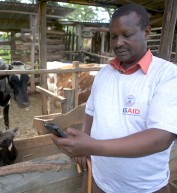
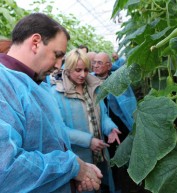
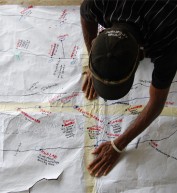
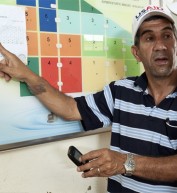

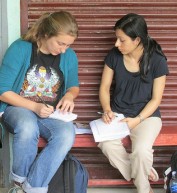
Comment
Make a general inquiry or suggest an improvement.